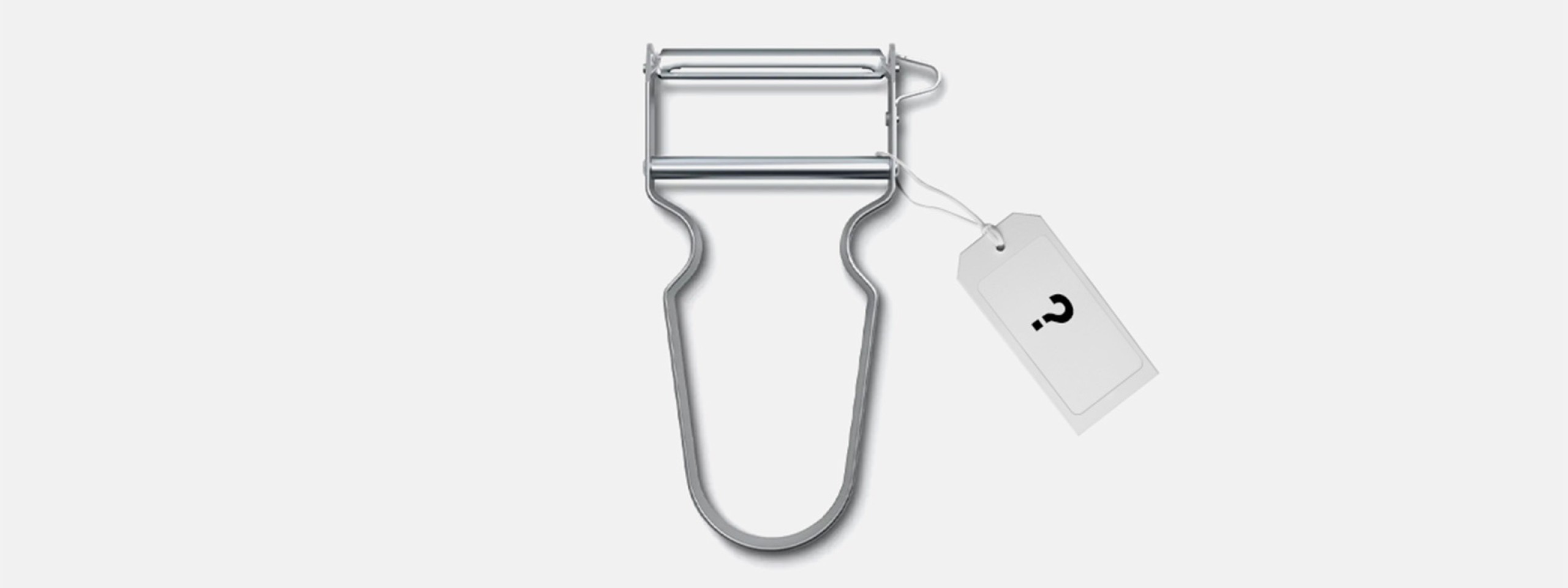Expertise
What are the costs of design? Investing in design for lasting success
Choosing the right design partner can have a significant impact on a product's success. But what does good design cost and what should you be looking for? In this blog post, you will learn what factors determine the cost of a design project and find guidelines for working with a design agency.
Why design decisions are so important
A customized quote for design services is often crucial for our clients. Design is more than just aesthetics – it is strategic and not just a matter of taste. Design reflects a company's brand and values, encompasses the user experience, and takes into account market requirements and gradual technical development. The design phase also determines 80% of a product's environmental impact. Efficient design reduces production costs and increases operational efficiency. Well thought-out design decisions therefore contribute significantly to economic success.
Our understanding of design is therefore process-oriented: From the initial idea to market readiness, we work together in an interdisciplinary team. We integrate engineers, usability and marketing experts and many other specialists. Through this inclusive approach, we create products that are not only aesthetically pleasing, but also stand out through superior user experience, functionality, originality, sustainability and user-friendliness. We build the basis for a high level of user acceptance in the market and support the economic and ecological goals of our customers.
Cost factor 1: Complexity
The more complex the project, the higher the costs. A large number of individual parts, many desired variants, numerous stakeholders and a large development team increase complexity. We use our knowledge of current trends and innovations to manage this complexity and make your product development efficient.
For example, when developing a modular product that can be used in different configurations, we take different user requirements into account and create a flexible design that adapts to market needs.
Cost factor 2: Simplicity
Simplifying a design often requires more effort. Albert Einstein said: "Everything should be made as simple as possible, but not simpler." We meet this challenge with our design processes. We make use, form and production as simple as possible without compromising functionality. Often, you wouldn't know that the result is so simple and obvious.
For example, an intuitive user interface that appears simple at first sight requires detailed user testing and thoughtful design to ensure a seamless user experience. Simplification is hard work and therefore cost intensive.
Cost factor 3: Reliability
Design makes a decisive contribution to optimally preparing the product for the market. We achieve this through extensive analysis and testing, especially in highly regulated industries or when user data is involved. For us, however, reliability also always means marketability. User surveys, simulations and prototypes are essential components of our tried-and-tested design processes in order to review new solutions and ensure their marketability. In selected projects, we also involve users in the development process through co-creation.
Whether it's a new home appliance or medical device, we test new designs in different scenarios and with a variety of users to ensure they work reliably under all operating conditions, to ensure inclusivity and accessibility, and to confirm value propositions and unique selling points.
Cost factor 4: Regulation
Stringent regulations play a critical role in almost every industry. Our job is to design your products to meet all regulatory requirements while integrating sustainability and innovation. This requires in-depth knowledge of the relevant industry standards and continuous adaptation to new regulations, such as anticipating increasing sustainability regulations. A flexible design that allows for future adaptations and enhancements ensures that products are not only relevant in today's market, but also future-proof.
A medical device must meet stringent safety standards. We design it to be not only functional, but also to meet regulatory requirements for safety and hygiene. At the same time, we anticipate future regulatory requirements for repairability, recyclability and returnability.
At a glance: These factors determine the price of design projects
Successful design always requires a careful balance of different factors. Costs are always related to the complexity of the task, the degree of simplification, the level of innovation and creativity, safety requirements, and regulatory compliance. At the same time, you can better estimate the cost of your projects at an early stage and gain much-needed clarity when purchasing the best design services.
So good design is more than just a cost issue - it's an investment in the long-term success of your product.
Are you ready to tackle your next design project? Let's work together to find the right solution for your needs!


